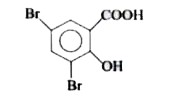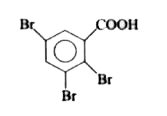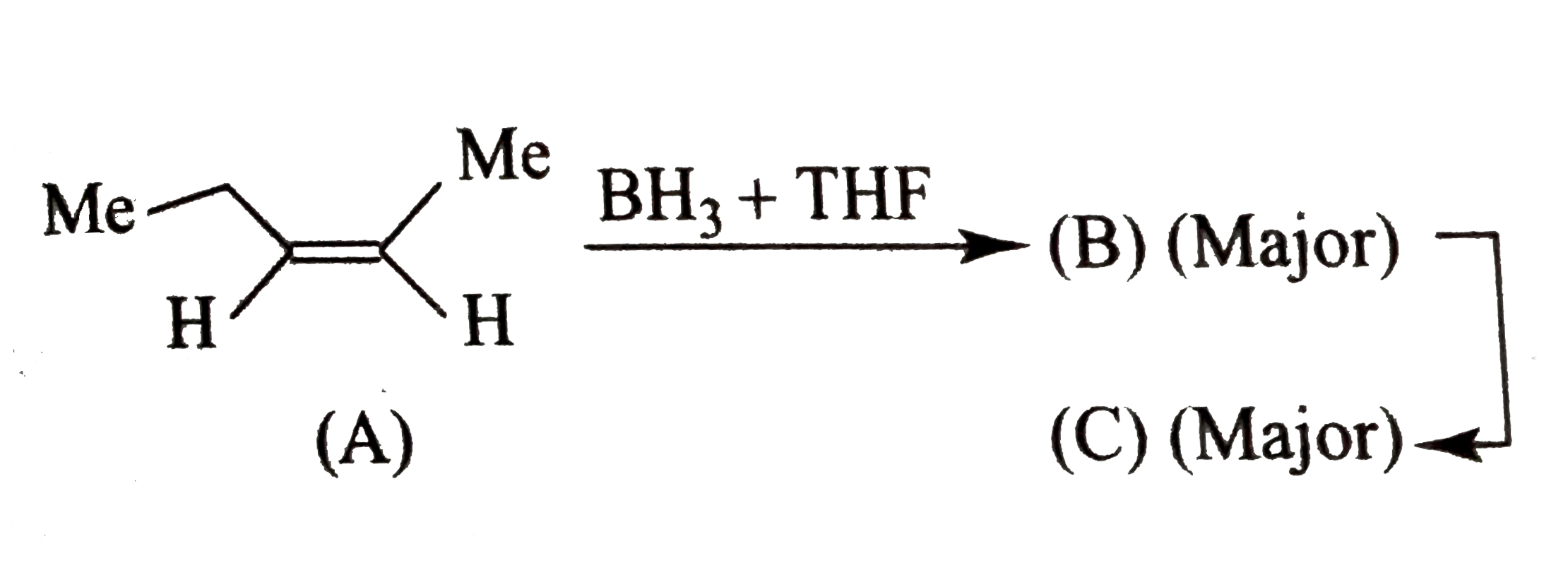Epoxides of α,β-unsaturated carbonyl compounds can be formed by peroxy acid as well as with H2O2/OΘH. Explain the formation of epoxides in both cases.
To explain the formation of epoxides from α,β-unsaturated carbonyl compounds using peroxy acid and hydrogen peroxide (H₂O₂) in a basic medium, we can break down the processes into two distinct mechanisms.
1. Starting Material: Consider an α,β-unsaturated carbonyl compound, such as CH₂=CH-CHO (where CHO is the carbonyl group).
2. Electrophilic Addition: Peroxy acid (like peracetic acid or perbenzoic acid) acts as an electrophile. The peroxy acid can ionize to generate a reactive species, which includes a positively charged oxygen (O⁺) and a negatively charged carboxylate ion (RCOO⁻).
3. Nucleophilic Attack: The carbonyl carbon of the α,β-unsaturated compound is electrophilic and can be attacked by the nucleophile (the carboxylate ion). The nucleophile attacks the β-carbon of the double bond, leading to the formation of a cyclic ether (epoxide).
4. Formation of Epoxide: The result is a three-membered ring structure (epoxide) where the oxygen atom is part of the ring. The overall reaction can be summarized as:
RCOOH+CH2=CH−CHO→Epoxide
Case 2: Formation of Epoxides using H₂O₂ in Basic Medium
1. Starting Material: Again, we start with an α,β-unsaturated carbonyl compound, such as CH₂=CH-CHO.
2. Formation of Conjugate Base: In a basic medium, hydrogen peroxide (H₂O₂) can be converted into its conjugate base (HO₂⁻) through deprotonation:
H2O2+OH−→HO−2+H2O
3. Nucleophilic Attack: The conjugate base (HO₂⁻) acts as a nucleophile and attacks the β-carbon of the α,β-unsaturated carbonyl compound. This leads to the formation of a peroxy intermediate.
4. Formation of Epoxide: The peroxy intermediate undergoes a rearrangement and elimination of water, resulting in the formation of the epoxide. The reaction can be summarized as:
HO−2+CH2=CH−CHO→Epoxide
Summary
In both cases, the formation of epoxides involves the nucleophilic attack on the electrophilic carbon of the α,β-unsaturated carbonyl compound, leading to the formation of a three-membered cyclic ether.
2. Electrophilic Addition: Peroxy acid (like peracetic acid or perbenzoic acid) acts as an electrophile. The peroxy acid can ionize to generate a reactive species, which includes a positively charged oxygen (O⁺) and a negatively charged carboxylate ion (RCOO⁻).
RCOOH+CH2=CH−CHO→Epoxide
H2O2+OH−→HO−2+H2O
HO−2+CH2=CH−CHO→Epoxide
In both cases, the formation of epoxides involves the nucleophilic attack on the electrophilic carbon of the α,β-unsaturated carbonyl compound, leading to the formation of a three-membered cyclic ether.
Topper's Solved these Questions
- ALIPHATIC AND AROMATIC ALDEHYDES AND KETONESBOOK - CENGAGE CHEMISTRY ENGLISHCHAPTER - ALIPHATIC AND AROMATIC ALDEHYDES AND KETONESEXERCISE - Exercises Concept Application
20 Videos
- ALIPHATIC AND AROMATIC ALDEHYDES AND KETONESBOOK - CENGAGE CHEMISTRY ENGLISHCHAPTER - ALIPHATIC AND AROMATIC ALDEHYDES AND KETONESEXERCISE - Exercises Linked Comprehension
59 Videos
- ALIPHATIC AND AROMATIC ALDEHYDES AND KETONESBOOK - CENGAGE CHEMISTRY ENGLISHCHAPTER - ALIPHATIC AND AROMATIC ALDEHYDES AND KETONESEXERCISE - Solved Examples
13 Videos
- ALCOHOL,PHENOL AND ETHERSBOOK - CENGAGE CHEMISTRY ENGLISHCHAPTER - ALCOHOL,PHENOL AND ETHERSEXERCISE - Archives Analytical And Descriptive
15 Videos
- APPENDIX INORGANIC VOLUME 2BOOK - CENGAGE CHEMISTRY ENGLISHCHAPTER - APPENDIX INORGANIC VOLUME 2EXERCISE - Short Answer Type
179 Videos
Similar Questions
Knowledge Check
The action of Br2/H2O on salicylic acid results in the formation of :
A B
B C
C D
D
H2O2 can act as
View SolutionH2O2 can act as
View Solution H2O2+ΘOH
H2O2+ΘOH
B and C are:
View SolutionWhich acid can be oxidised by H2O2 ?
View SolutionWrite the formula of the compound formed by K2Cr2O7 in alkaline solution with 30%H2O2:
View SolutionWhy do nucleophiles (Nu..Θ) add to the (C=C) of α−β-unsaturated carbonyl compounds but not to alkenes ?
View SolutionCan H2O2 act both as an oxidising and a reducing agent?
View Solution
